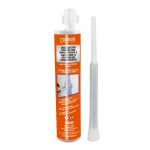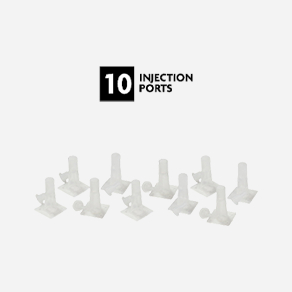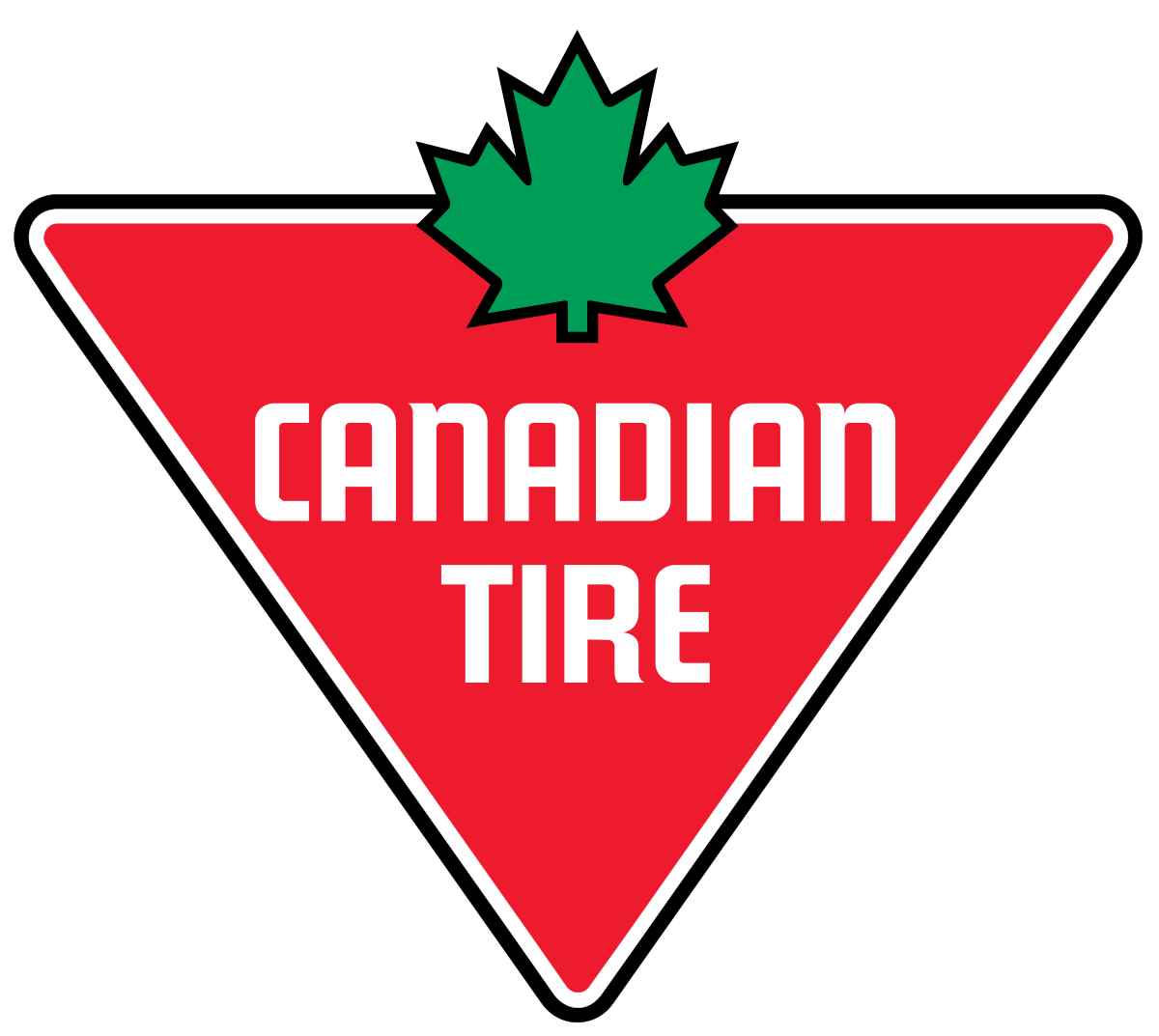HomeCrack Injection Kit


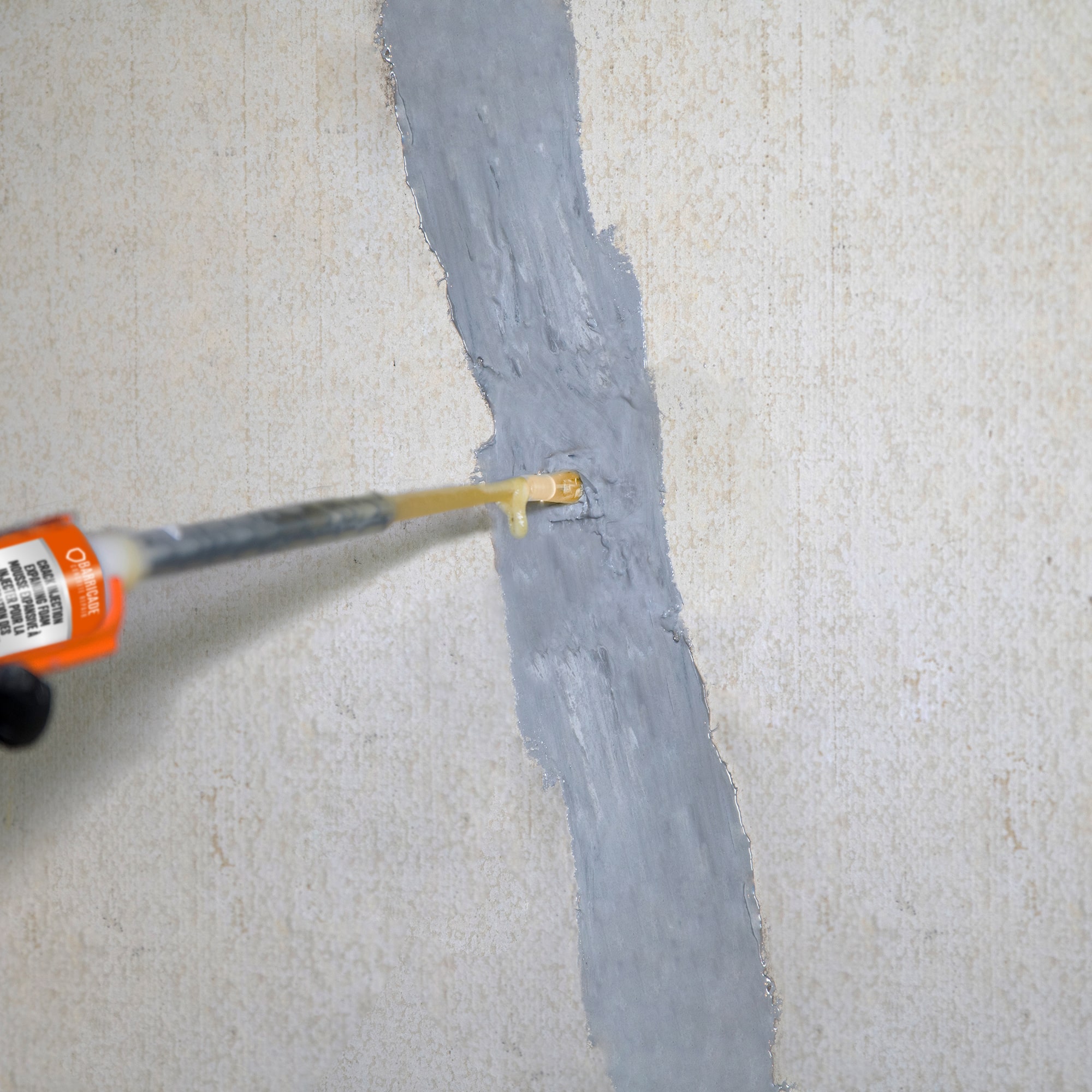

BARRICADE™ Concrete Repair Crack Injection Kit
Easy-to-install polyurethane injection kit for concrete cracks.
- Seal and fill concrete cracks
- Waterproof leaking cracks
- Each kit will fix approximately one wall crack that measures 4-5 feet long, 1/16 to 1/8 inches wide and 8 inches deep (121-152 cm long, 0.15 to 0.31 cm wide and 20 cm deep). May vary from crack to crack
- BARRICADE Crack Injection Kit combines step 1 and 2 of a 3-step approach to concrete repair (also includes injection ports)
- Advanced, fast-acting, moisture-resistant polyurethane formula expands 15x its volume to completely fill cracks in concrete
- Low-viscosity, easy-to-inject foam is ideal for vertical wet or dry crack repairs through injection ports
- Interior and exterior applications
- Use the included epoxy with a 10:1 thrust ratio caulking gun (sold separately)
Inject Then Reinforce Your Cracks With BARRICADE®
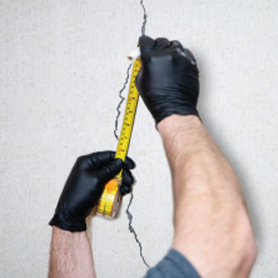

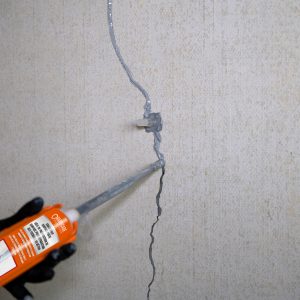
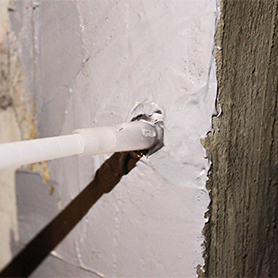
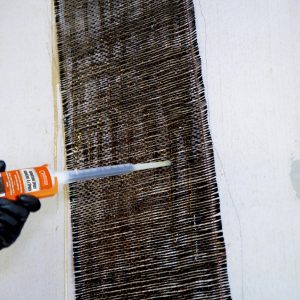

Why BARRICADE™ Concrete Repair?
Concrete Repair Products For Any Project

Product Overview
The BARRICADE™ Concrete Repair system is designed and engineered to seal, fill and structurally reinforce concrete. Carbon fiber is 10x stronger than steel and boasts superior benefits such as being cost-effective, non-corrosive, lightweight, minimally-intrusive and easy-to-install. The finish is smooth, flat and nearly invisible when painted, and it doesn’t take up additional square footage. Repair poured concrete foundations with BARRICADE™ Concrete Repair products!
Note: Only use injection for cracks in poured concrete walls. We do not recommend injecting into concrete block (CMU) walls, as their hollow structure requires a different repair method.
Mixing Nozzle: To attach the mixing nozzle to the tube, take a flat-head screwdriver and pop off the sealing cap, then screw on the nozzle.
BARRICADE™ Concrete Repair Crack Prep Surface Paste
Preparation adhesive for attaching injection ports and sealing concrete cracks prior to injection.
- Advanced, high-strength, self-mixing formula
- Moisture tolerant epoxy to seal cracks and holes
- Perfect for interior and exterior use
- Use to install injection ports and apply with a 10:1 thrust ratio caulking gun (both sold separately)

BARRICADE™ Concrete Repair Crack Injection Kit
Foam injection that expands 15x its volume to fill dry or wet cracks in concrete prior to reinforcement.
- Advanced, fast-acting, moisture-resistant polyurethane formula expands 15x its volume to completely fill cracks in concrete
- Low-viscosity, easy-to-inject foam is ideal for vertical wet or dry crack repairs through injection ports
- Interior and exterior applications
- The tube/kit will fix approximately one wall crack that measures 4-5 feet long, 1/16 to 1/8 inches wide and 8 inches deep (121-152 cm long, 0.15 to 0.31 cm wide and 20 cm deep). May vary from crack to crack
- Use with injection ports and a 10:1 thrust ratio caulking gun (both sold separately)
Foam injection that expands 15x its volume to fill dry or wet cracks in concrete prior to reinforcement.

BARRICADE™ Concrete Repair Anchoring Epoxy
Multi-purpose adhesive for anchor bolts, threaded rod, railings, dowels and more.
- Advanced, high-strength, self-mixing and fast-curing formula with a no-sag gel consistency
- Multi-purpose adhesive, can be used for anchoring bolts, threaded rod, steel reinforcing/rebar dowels, general mortar repairs and more
- Perfect for interior and exterior use
- Apply with a 10:1 thrust ratio caulking gun (sold separately)

Accessories
Frequently Asked Questions
Carbon fiber prevents further inward movement, but will not straighten a wall.
There is no absolute number to go by, since there are many factors to consider. To figure out the deflection in your wall, measure the difference of the highest amount of deflection compared to the rest of the wall, and please consult with your structural engineer or foundation specialist for more information
There are several signs you can look for on the interior and exterior of your home. Within your home, it is important to check your walls or ceilings for cracks and if your windows or doors are difficult to open and close. You may also notice uneven floor surfaces or cracks in concrete floors. Outside of your home, ensure you look for cracks in masonry walls that are in a “stair-step” pattern. Other signs include a tilting chimney, wood trim that has been separated around joints and corners and if the concrete driveway, sidewalk, patio or any other concrete structures separated from the foundation.
It is a good idea to contact your foundation repair specialist for further review of the cracks in your foundation. If you are noticing a crack in your foundation, most of the time it means that something has shifted or settled so it should be addressed immediately.
During the process of building your home and before a foundation is constructed, you can install a piering system to strengthen the foundation. It may also help to consult your foundation specialist during the process of construction so an analysis of the property can determine the proper foundation settlement prevention strategy.
In most cases, carbon fiber can easily be painted over or covered with a finishing product. Please consult with your paint/coating manufacturer for guidelines and TDS.
Yes, the epoxy in the carbon fiber reinforced polymer (CFRP) system can be affected by UV light and we always recommend covering exposed carbon fiber with a finishing product when installing outdoors.
Carbon fiber fabric on its own is fire resistant, but the epoxy used to apply it doesn’t perform well against high temperature. If you have a specific requirement for fire resistance, please contact your engineer to source out the right fire-resistant coating for the CFRP system.
There is minimal disruption to your basement.
Unfortunately, in most cases homeowner’s insurance will not cover the cost.
Work can be completed year round.
Yes, if your wall is cracked it will continue to get worse over the next few years. It is better to fix it when the wall is not bowing rather than after a large bow occurs.
Yes, we have products designed to fix this problem. Please consult your structural engineer or foundation specialist for more information.
No, unfortunately no carbon fiber system will be able to stop this. You should consult with a piering contractor for a solution.




